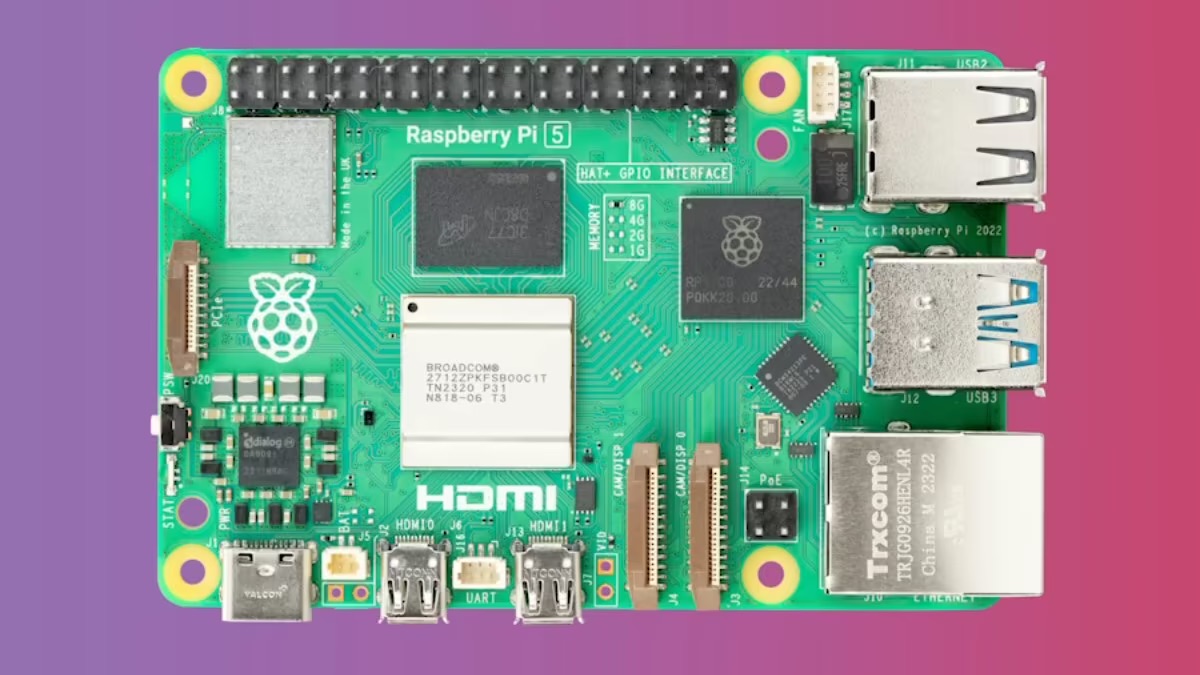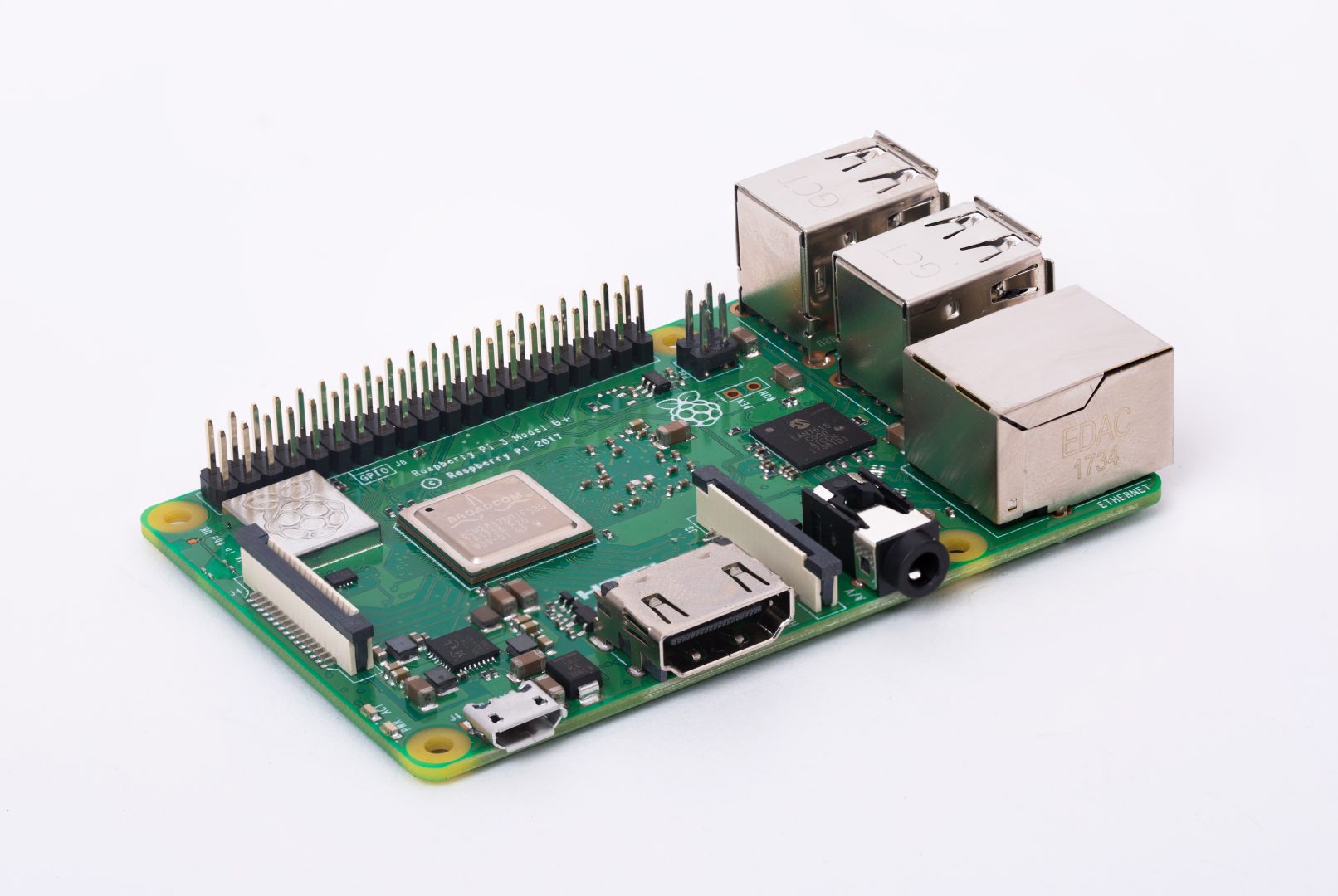So, here's the deal—managing Raspberry Pi remotely has become a necessity in today’s tech-driven world. Imagine having a tiny device capable of running complex projects, but what if you could control it from anywhere? That’s where RemoteIoT Management Platform comes into play. This platform isn’t just some fancy tool; it’s a game-changer for hobbyists, developers, and businesses alike who want seamless control over their Raspberry Pi setups. Let me tell ya, this is about to get interesting.
Remote management isn’t a new concept, but doing it right requires the right tools and strategies. The RemoteIoT Management Platform offers a robust solution that simplifies everything from monitoring to troubleshooting. Whether you’re running a home automation project or managing an IoT network for a business, this platform is worth exploring. We’re diving deep into how it works and why it’s essential for anyone working with Raspberry Pi.
Now, before we get too far ahead of ourselves, let’s break down the basics. Managing Raspberry Pi remotely isn’t as intimidating as it sounds. With the right setup and tools, you can turn even the most complex tasks into something manageable. Stick around because I’m about to spill the tea on everything you need to know about RemoteIoT Management Platform and how it fits into the bigger picture of IoT management.
Read also:2025 Ncaa Tournament Midwest Region Highlights The Epic Showdown You Dont Want To Miss
Why Managing Raspberry Pi Remotely Matters
Managing Raspberry Pi remotely isn’t just about convenience—it’s about efficiency, scalability, and flexibility. Picture this: you’ve set up a Raspberry Pi for a project at your office, but you’re stuck at home due to unforeseen circumstances. With remote management, you can still keep things running smoothly without lifting a finger in person. It’s like having a virtual assistant for your tech needs.
The RemoteIoT Management Platform takes this concept to the next level. Instead of manually logging in via SSH or dealing with complicated configurations, this platform streamlines the entire process. It allows you to manage multiple devices from a single dashboard, making it easier to scale your projects as needed. Plus, it offers advanced features like real-time monitoring, automated updates, and security enhancements.
Let’s face it—time is money, and managing devices manually can be a huge time drain. By automating routine tasks and providing centralized control, RemoteIoT Management Platform ensures that you spend less time troubleshooting and more time innovating. And hey, who doesn’t want that?
Understanding the RemoteIoT Management Platform
Alright, let’s dive into the nitty-gritty of RemoteIoT Management Platform. At its core, this platform is designed to simplify the management of IoT devices, including Raspberry Pi. It offers a user-friendly interface that makes it easy for anyone, regardless of their technical expertise, to take control of their projects. Think of it as the ultimate remote control for all your IoT needs.
Here’s what makes RemoteIoT Management Platform stand out:
- Centralized Control: Manage multiple Raspberry Pi devices from one dashboard.
- Real-Time Monitoring: Get instant updates on device performance and status.
- Automated Updates: Keep your devices up to date without lifting a finger.
- Security Features: Protect your devices with advanced encryption and access controls.
With these features, you can rest easy knowing that your Raspberry Pi projects are in good hands. Plus, the platform is continuously updated to ensure compatibility with the latest hardware and software, so you never have to worry about obsolescence.
Read also:Delving Into The Rumors Did Crystal Lust Die Unraveling The Truth
Setting Up Raspberry Pi for Remote Management
Setting up Raspberry Pi for remote management might sound daunting, but it’s actually pretty straightforward. The first step is to ensure that your Raspberry Pi is connected to the internet. Once that’s done, you’ll need to install the necessary software to enable remote access. This typically involves configuring SSH or using a remote management tool like RemoteIoT Management Platform.
Here’s a quick step-by-step guide to get you started:
- Connect your Raspberry Pi to a stable internet connection.
- Install the latest version of Raspberry Pi OS.
- Enable SSH in the Raspberry Pi configuration settings.
- Sign up for the RemoteIoT Management Platform and connect your device.
Once everything is set up, you’ll have full control over your Raspberry Pi from anywhere in the world. It’s like giving your device a remote brain, and trust me, it’s a game-changer.
Exploring Key Features of RemoteIoT Management Platform
Now that we’ve covered the basics, let’s take a closer look at the key features of RemoteIoT Management Platform. This platform isn’t just about remote access—it’s about empowering users to manage their IoT devices more effectively. Here are some of the standout features:
Centralized Dashboard
The centralized dashboard is the heart of RemoteIoT Management Platform. From here, you can manage all your connected devices, view real-time data, and perform routine maintenance tasks. It’s like having a control center for all your IoT projects, and it makes life infinitely easier.
Real-Time Monitoring
Real-time monitoring is another game-changing feature. Whether you’re tracking system performance, checking network status, or monitoring sensor data, this platform provides instant access to all the information you need. No more guessing or waiting for updates—everything is at your fingertips.
Automated Updates
Automated updates are a lifesaver when it comes to managing IoT devices. Instead of manually updating each device, RemoteIoT Management Platform handles everything for you. This ensures that your devices are always running the latest software and firmware, reducing the risk of security vulnerabilities and performance issues.
Advanced Security
Security is a top priority for any IoT project, and RemoteIoT Management Platform doesn’t disappoint. It offers advanced encryption, secure authentication, and access controls to protect your devices from unauthorized access. With these features, you can rest assured that your data is safe and your devices are secure.
Use Cases for RemoteIoT Management Platform
So, what can you actually do with RemoteIoT Management Platform? The possibilities are endless. Whether you’re a hobbyist working on a personal project or a business managing an IoT network, this platform has something to offer. Here are a few use cases to give you an idea:
- Home Automation: Control smart home devices like lights, thermostats, and security systems from anywhere.
- Environmental Monitoring: Use sensors connected to Raspberry Pi to monitor air quality, temperature, and humidity in real time.
- Industrial IoT: Manage IoT devices in manufacturing plants or warehouses for improved efficiency and productivity.
- Remote Surveillance: Set up surveillance cameras connected to Raspberry Pi and monitor them remotely using the platform.
These are just a few examples, but the real beauty of RemoteIoT Management Platform lies in its versatility. It can be adapted to almost any IoT project, making it an invaluable tool for developers and businesses alike.
Best Practices for Managing Raspberry Pi Remotely
Managing Raspberry Pi remotely requires a bit of planning and strategy to ensure everything runs smoothly. Here are some best practices to keep in mind:
- Secure Your Connection: Always use secure protocols like SSH or HTTPS to protect your data.
- Regular Backups: Schedule regular backups of your Raspberry Pi data to prevent data loss.
- Monitor Performance: Keep an eye on device performance to identify and address issues early.
- Stay Updated: Regularly update your software and firmware to ensure compatibility and security.
By following these best practices, you can minimize risks and maximize the efficiency of your remote management setup. It’s all about staying proactive and being prepared for any challenges that may arise.
Comparing RemoteIoT Management Platform with Other Tools
When it comes to remote management tools, there are plenty of options out there. But what makes RemoteIoT Management Platform stand out? Let’s compare it with some of the popular alternatives:
RemoteIoT vs. SSH
SSH is a classic tool for remote access, but it lacks the advanced features and user-friendly interface of RemoteIoT Management Platform. While SSH is great for tech-savvy users, RemoteIoT offers a more streamlined experience for everyone else.
RemoteIoT vs. BalenaCloud
BalenaCloud is another popular option for IoT management, but it focuses more on containerized applications. RemoteIoT Management Platform, on the other hand, offers a broader range of features tailored specifically for Raspberry Pi and other IoT devices.
RemoteIoT vs. Ubidots
Ubidots is known for its data visualization capabilities, but it doesn’t offer the same level of device management as RemoteIoT Management Platform. If you’re looking for a tool that combines both data analytics and device management, RemoteIoT is the way to go.
At the end of the day, the choice depends on your specific needs and preferences. But RemoteIoT Management Platform is definitely worth considering for anyone serious about IoT management.
Real-World Examples of RemoteIoT in Action
Talking about tools is one thing, but seeing them in action is another. Let’s take a look at some real-world examples of how RemoteIoT Management Platform is being used by businesses and individuals:
Example 1: Smart Agriculture
Agricultural companies are using Raspberry Pi and RemoteIoT Management Platform to monitor soil moisture, temperature, and humidity levels in real time. This allows them to optimize irrigation systems and improve crop yields without constant on-site monitoring.
Example 2: Remote Education
Schools and universities are leveraging Raspberry Pi and RemoteIoT Management Platform to provide remote learning opportunities. Students can access lab equipment and conduct experiments from anywhere, making education more accessible and engaging.
Example 3: Smart Retail
Retail businesses are using IoT devices managed by RemoteIoT Management Platform to monitor inventory levels, track customer behavior, and optimize store layouts. This helps them improve customer experience and increase sales.
These examples demonstrate the versatility and potential of RemoteIoT Management Platform across various industries. It’s not just a tool—it’s a solution that can transform the way businesses and individuals approach IoT projects.
Future Trends in Raspberry Pi Remote Management
As technology continues to evolve, so does the field of Raspberry Pi remote management. Here are a few trends to watch out for:
- AI Integration: Expect to see more AI-powered features in remote management platforms, enabling predictive maintenance and smarter decision-making.
- Edge Computing: Edge computing will play a bigger role in IoT management, allowing devices to process data locally and reduce latency.
- Enhanced Security: With the increasing number of cyber threats, security will remain a top priority, leading to more advanced encryption and authentication methods.
By staying ahead of these trends, you can ensure that your Raspberry Pi projects remain cutting-edge and future-proof. The world of IoT is constantly evolving, and RemoteIoT Management Platform is right there at the forefront of innovation.
Conclusion: Taking the Next Step
Managing Raspberry Pi remotely has never been easier thanks to platforms like RemoteIoT Management Platform. From centralized control to real-time monitoring and advanced security features, this platform offers everything you need to take your IoT projects to the next level. Whether you’re a hobbyist or a business professional, there’s something here for everyone.
So, what are you waiting for? Dive into the world of remote management and discover how RemoteIoT Management Platform can transform the way you work with Raspberry Pi. Leave a comment below and let me know what you think. And hey, if you found this article helpful, don’t forget to share it with your friends and colleagues. Together, let’s build a smarter, more connected future!
Table of Contents
- Why Managing Raspberry Pi Remotely Matters
- Understanding the RemoteIoT Management Platform
- Setting Up Raspberry Pi for Remote Management
- Exploring Key Features of RemoteIoT Management Platform
- Use Cases for RemoteIoT Management Platform


